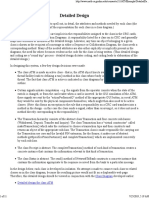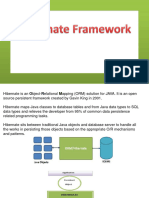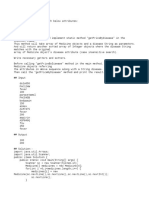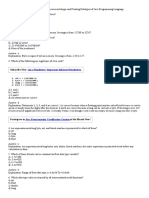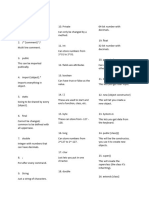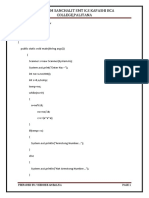0% found this document useful (0 votes)
10 views7 pagesJava Lab Programs
The document provides Java programs demonstrating the creation of various collection types, including ArrayList, Stack, Queue, HashSet, and TreeSet. It also outlines the steps to implement a Spring MVC application for a 'Health and Fitness App', detailing project setup, controller creation, and RESTful service implementation using Spring Boot. Additionally, it includes instructions for testing the application and configuring server settings.
Uploaded by
akshajahujaCopyright
© © All Rights Reserved
We take content rights seriously. If you suspect this is your content, claim it here.
Available Formats
Download as DOCX, PDF, TXT or read online on Scribd
0% found this document useful (0 votes)
10 views7 pagesJava Lab Programs
The document provides Java programs demonstrating the creation of various collection types, including ArrayList, Stack, Queue, HashSet, and TreeSet. It also outlines the steps to implement a Spring MVC application for a 'Health and Fitness App', detailing project setup, controller creation, and RESTful service implementation using Spring Boot. Additionally, it includes instructions for testing the application and configuring server settings.
Uploaded by
akshajahujaCopyright
© © All Rights Reserved
We take content rights seriously. If you suspect this is your content, claim it here.
Available Formats
Download as DOCX, PDF, TXT or read online on Scribd
/ 7



























































